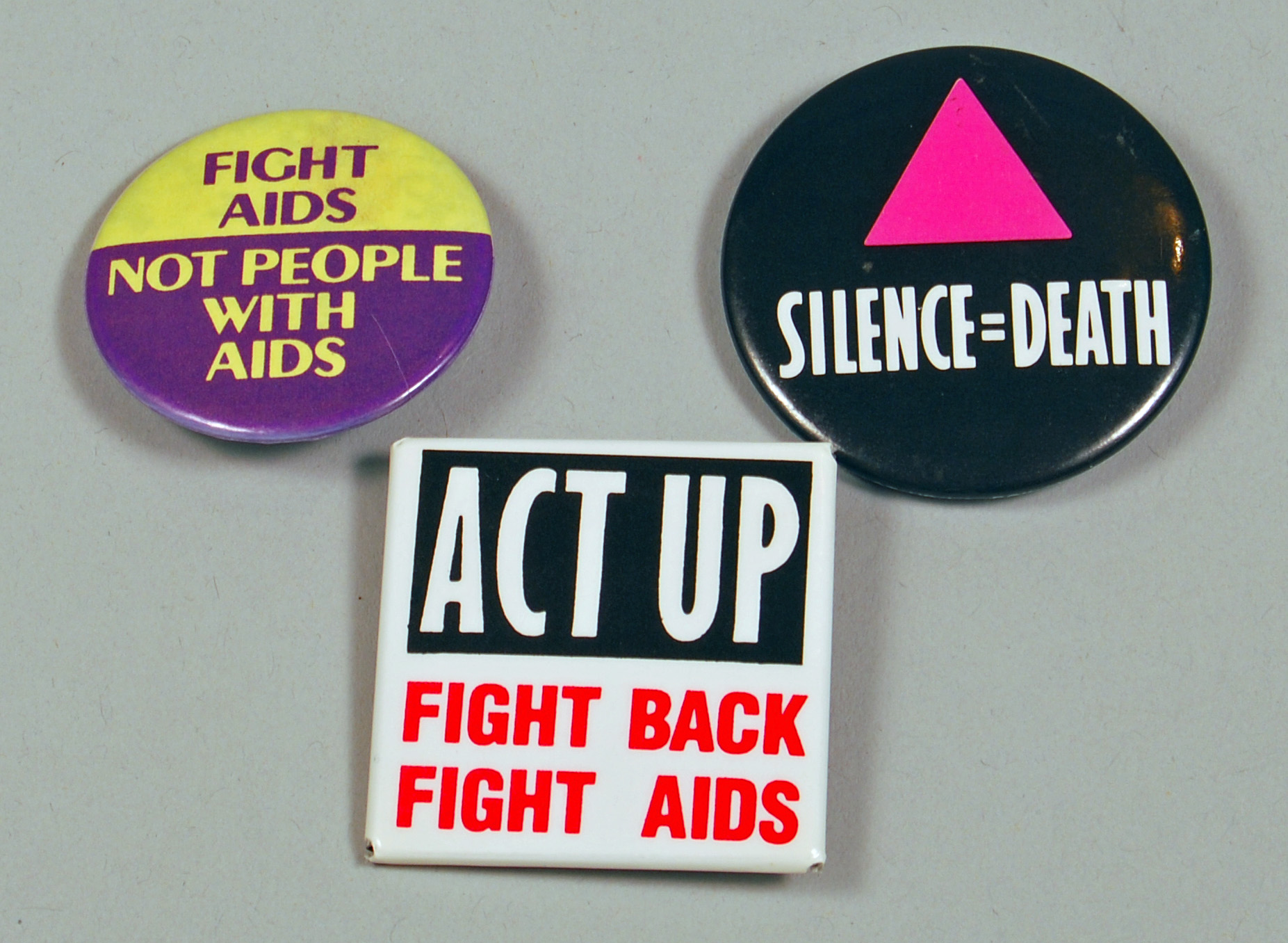
In recognition of the somber yet deeply significant 30th anniversary of the emergence of the HIV and AIDS epidemic, the Smithsonian’s National Museum of American History will launch a three-part display and website as of June 3, 2011.
Brent D. Glass, director of the National Museum of American History, stated that, “the early years of the HIV and AIDS epidemic was a time in our history that affected all Americans.”
“This display will help visitors understand the scientific mystery, the public health crisis and the political debates created by the epidemic and why these events gripped America 30 years ago,” Glass continued.
The first display, entitled “HIV and AIDS Thirty Years Ago,” will review responses to the early phase of the global pandemic across the board – covering reactions from the public health sector, scientific community and political climate. Media used in the display will include photographs, magazine covers and other graphics, as well as key scientific and health artifacts including the equipment Dr. Jay Levy used to isolate the virus back in his lab at the University of California, San Francisco.
“Archiving the History of an Epidemic: HIV and AIDS, 1985-2009” is the second display, produced by the museum’s Archive Center and composed of archival materials ranging from movie posters, brochures, photographs, quotations and other pop culture materials. Lastly, the museum will exhibit a panel from the AIDS Memorial Quilt of the Names Project Foundation on the first-floor artifacts wall.
The museum has a history of memorializing other important events within the LGBT community, such as the Stonewall riots and the institution of “Don’t Ask, Don’t Tell,” with similar exhibits. For more information about the 30th anniversary display, visit http://americanhistory.si.edu/hivaids.











